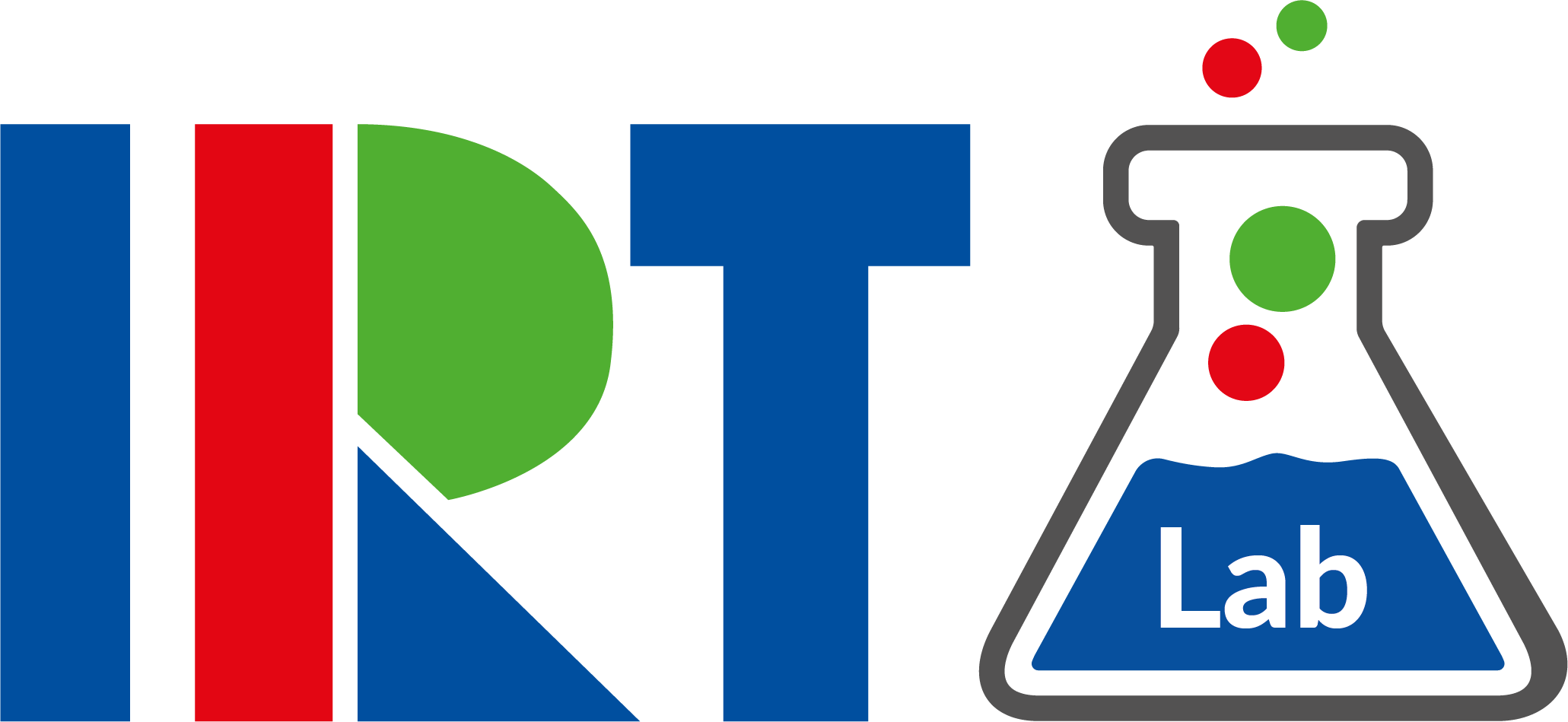As part of the Bavarian research project 5G TODAY, an LTE/5G test field with the aim to enable the efficient distribution of broadcast signals combined with attractive services in the network of the future is currently being set up in the Bavarian Oberland. Under the lead of IRT, the project partners Kathrein and Rohde & Schwarz are investigating large-scale TV broadcasting in FeMBMS (Further evolved Multimedia Broadcast Multicast Service) mode. The project is supported by the associated partners Bavarian Broadcasting Corporation (BR) and Telefónica.
Now one important next milestone has been reached in the 5G TODAY research project: after the transmitter on Wendelstein Mountain (1828 meters altitude). has been prepared for test broadcasts in FeMBMS mode in December, the second site in Ismaning is now ready for operation.

As on the Wendelstein, a high-performance transmitter for 100 kilowatts of ERP from Rohde & Schwarz was also installed in Ismaning. For this transmitter, communications technology specialist Kathrein developed a special antenna for transmitting signals that can be varied in polarization for test purposes. For this purpose, the installation team installed twelve new UHF antenna fields at a height of around 200 metres and laid a 370-metre HF transmission cable. At the end of the installation work, the antenna and transmitter were prepared for test operation in Ismaning. For some impressions of the installation work at the Ismaning site you’re invited to watch this short video:
Later on the transmitter in Ismaning together with the one on Wendelstein will form a Single Frequency Network (SFN) and enable mobile and portable reception in the greater Munich area and on the main traffic routes between Munich and Rosenheim for further research purposes.
The technical basis for the research project is the specification of LTE Broadcast or FeMBMS with Release 14 of the 3GPP standard where IRT is also involved.
This defines new possibilities for broadcasting on mobile LTE-enabled terminals such as smartphones or tablets and, for the first time, enables high-power high tower (HPHT) applications in downlink-only mode with the full signal bandwidth for multicast/broadcast according to a mobile radio standard. With FeMBMS, 100% of the transmission capacity can be used for a broadcasting service. In addition, the broadcast mode enables larger transmitter cells in a single-frequency network. No SIM card is required in the device to receive the radio transmission; a FreeToAir mode is provided.


